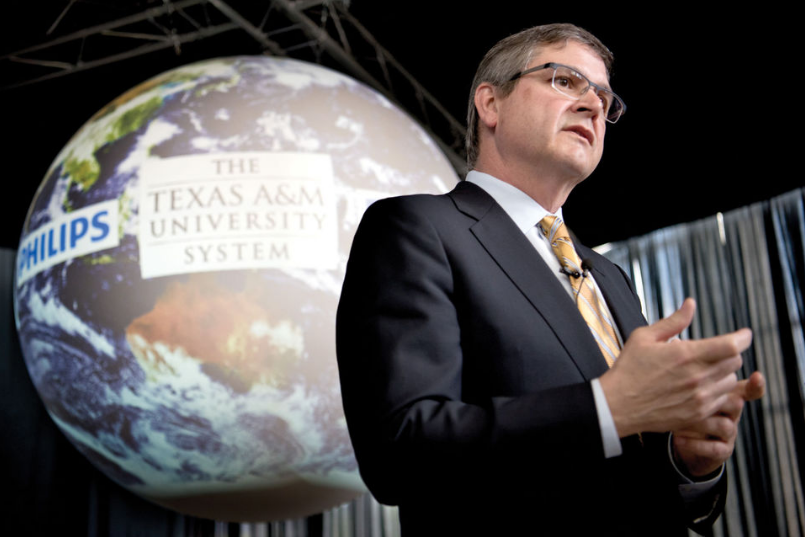
Philips and The Texas A&M University System Chancellor John Sharp has announced a joint project to drive innovation in population health management for Southern Texas, emergency medical service response and biosurveillance.
As part of the Healthy South Texas pilot project, the joint project will create integrated Emergency Medical Services (EMS) technologies for more efficient and effective coordination of response efforts, and developing point-of-care diagnostics and biosurveillance to help avoid epidemics and pandemics.
Healthy South Texas is a $10 million pilot project, funded by the Texas legislature, that is delivering preventive health care to 27 South Texas counties by using a combination of county extension agents and health experts from the Texas A&M AgriLife Extension Service and the Texas A&M Health Science Center. The project is focused on the prevention of diabetes, asthma and infectious diseases.
Philips, Texas A&M Launch Center for Global Health & Innovation
As part of the collaboration, Philips and The Texas A&M University System will establish The Center for Global Health and Innovation on campus, an open innovation environment that will foster public-private partnerships to rapidly design, develop, prototype, and showcase healthcare solutions. The Center would allow Philips to explore other opportunities in health care based on research at TheTexas A&M AgriLife System.
The collaboration will focus on three main project areas:
– Healthy South Texas Population Health Initiative (HST) – The main goal of the HST program is to build a robust and replicable foundation for prevention, community outreach, and engagement. The program will also extend wellness services by expanding and enhancing disease prevention and control programs to every citizen of South Texas. Philips and Texas A&M University System will look to scale and replicate these best practice models of population health management nationally and globally.
– EMS Integrated Solutions – Aimed at increasing real-time visibility into medical resources and availability, the program will co-develop holistic solutions that can help support emergency medical coordinators, increasing efficiency and efficacy. The program will include developing a platform for coordination of EMS supplies and service, as well as solutions that leverage Philips decision-support and analytics technologies to help State, City and Municipal administrators prepare for, respond to, and recover from major medical disasters. Training programs on these new and existing technologies will also be included.
– Point-of-Care Diagnostics and Biosurveillance – By combining Philips expertise in point-of-care diagnostics for patients with The Texas A&M University System’s expertise in animal biosurveillance, the collaboration seeks to establish an integrated network for monitoring infectious diseases and help to establish standards for a One Health approach. The One Health concept recognizes that the health of humans is connected to both the health of animals and the environment, and it is recognized that greater collaboration between healthcare providers focused on each of these areas can prevent public health threats.
According to Dr. Mark Hussey, Vice Chancellor and Dean of the College of Agriculture and Life Sciences, 70 percent of all emerging diseases are transmitted from animals to humans, which fits The Texas A&M University System’s expertise, whether in detecting or treating diseases, manufacturing vaccines or educating the public through the Healthy South Texas pilot.
“At Philips, we are committed to building a healthy society by improving the lives of 3 billion people by 2025, working in collaboration with world-class organizations like The Texas A&M University System to understand how we can really impact communities: from outreach programs focused on healthy living and prevention, to understanding how we can improve our ability to react to health threats,” said Hans Aloys-Wischmann, head of Philips Research for North America. “This program puts us shoulder-to-shoulder with those who are on the front line of care, giving us unprecedented insight into developing real-life applications and solutions that can make a difference in human health on both a local and global scale.”
